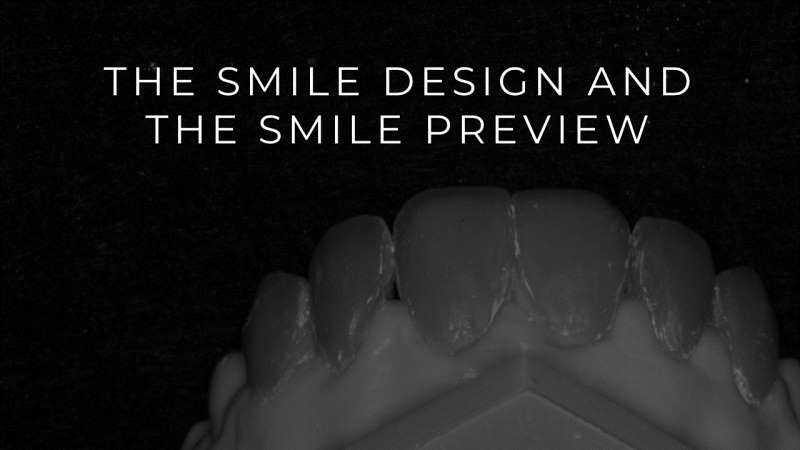The Smile Preview
Dennis Hartlieb
Here’s the challenge: Your patient has an unattractive smile or what I have referred to as “ugly tooth syndrome”. You can visualize how cosmetic dentistry would make an amazing improvement for the patient, but motivating patients to choose cosmetic dental changes can be difficult in the restorative practice.
There are many reasons patients are reluctant to pursue cosmetic dental procedures, but the biggest issue is that patients are uncertain how their new smile will appear after the treatment. Many of our patients have seen the results of bad cosmetic dental procedures and are afraid of undesirable outcomes.
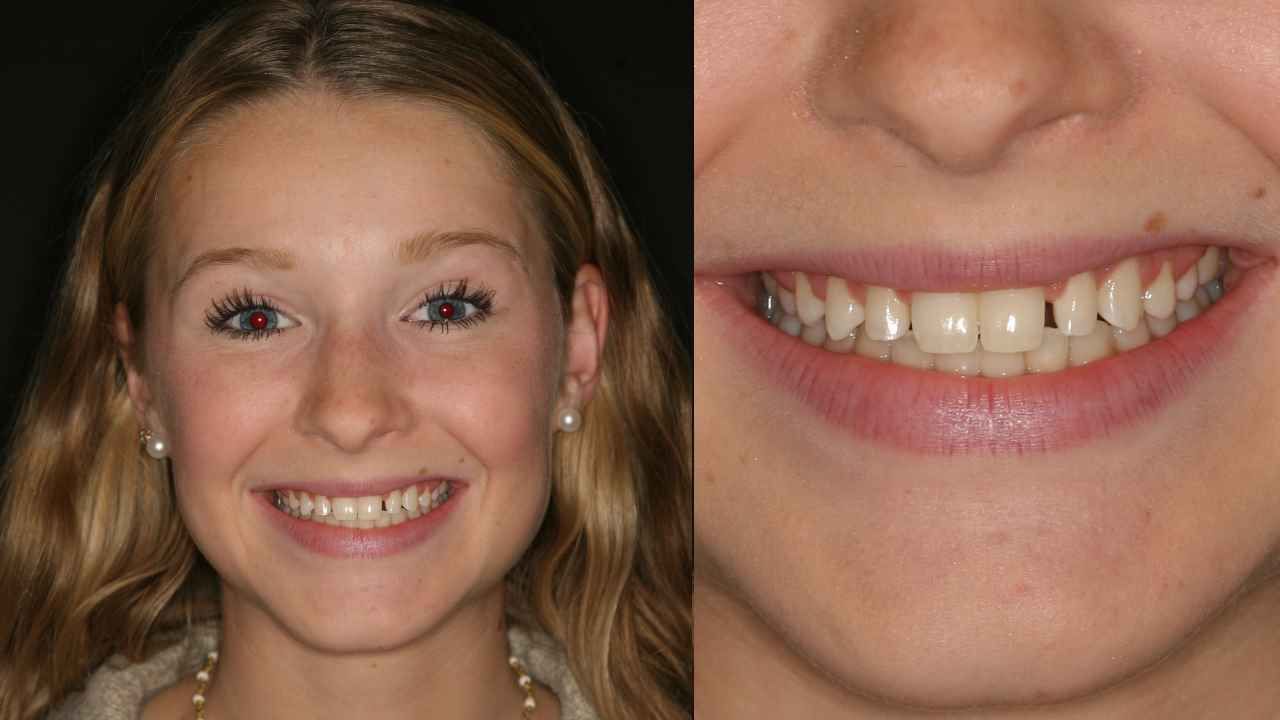
In dental school, I was taught to motivate my patients to consider cosmetic dental procedures by showing them ‘wax-ups’ of their teeth by the dental laboratory technician.
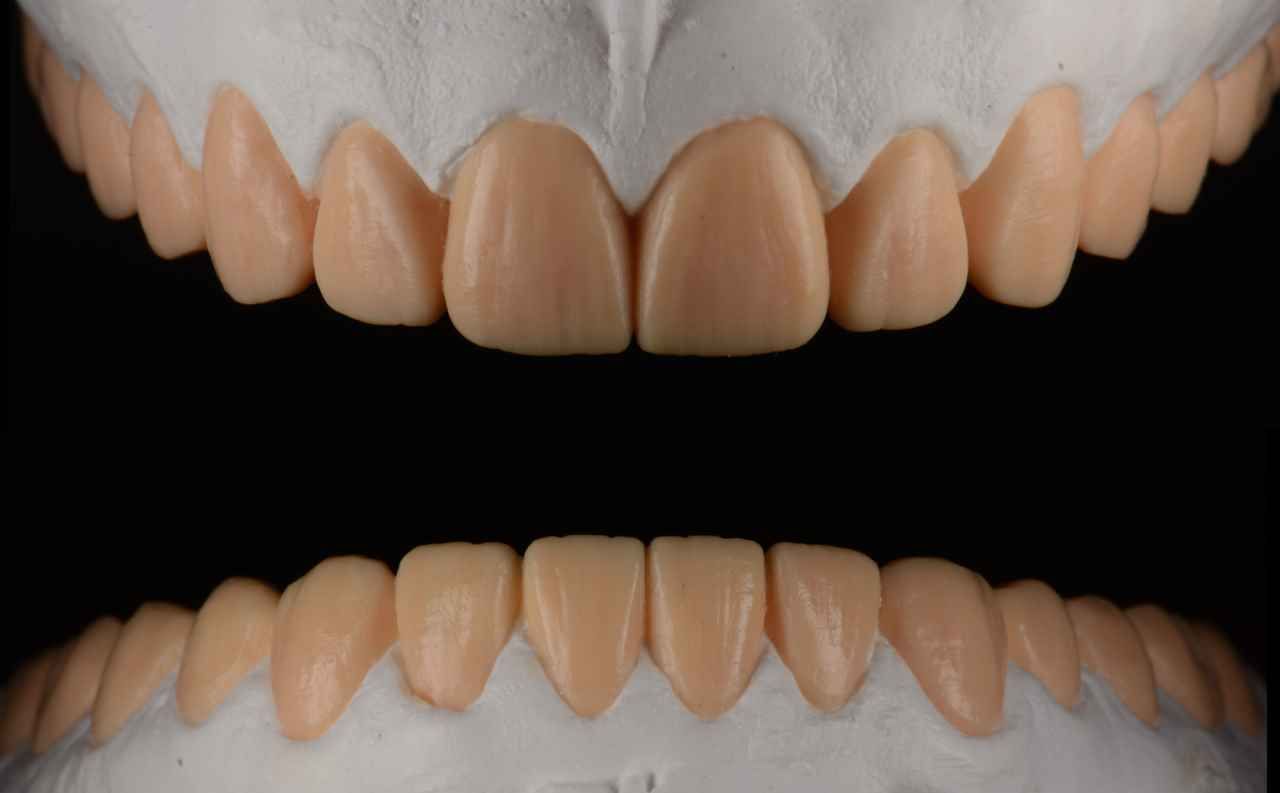
While this technique might be helpful to some patients, for many patients it might be difficult to extrapolate the technician’s vision of the new tooth form and shape into their smile. Without a face and lips, and only some wax on plaster, it is difficult for the patient to visualize their smile.
In my experience, when I tried to motivate patients through this approach, the patients typically left their consultation appointments with little assurance about their concerns. Unfortunately, I would be stuck with a lab bill for the wax-up and wax-up models to store in my lab cupboards.
An improved, but still limited, option for helping patients understand their cosmetic dental possibilities is to utilize Photoshop or other computer software systems to digitally alter the form, shape, and color of the patient’s teeth to improve their smile.
Using these technologies, the patient is shown a 2-dimensional photographic representation of the potential results of their cosmetic dental procedure. I’ve used Photoshop imaging in my practice for over a decade, and even with my limited Photoshop skills, this technique can be helpful to show patients how they would look with their improved smile.
Photoshop imaging, while an improvement over the wax-up demonstration, is still limited in that the patient is not able to ‘experience’ the proposed change offered. There is a lack of dynamic interpretation of the cosmetic proposal utilizing only digital rendering.
The Smile Preview is similar to the traditional mock-up that many of us have used over the years. Typically, with the mock-up, we apply composite onto the patient’s teeth (without etching or using any dental adhesive) to show the patient how the teeth might look if spaces were closed or if teeth were lengthened. The patient is able to look at the proposed changes immediately and make decisions regarding moving on to the definitive treatment. This preview technique is especially useful in cases where there are limited teeth that will be altered.
However, when changes to multiple teeth or an entire dental arch are being considered for cosmetic alteration, The Smile Preview can offer a more efficient and profound opportunity for the dental team to share their transformative vision with the patient.
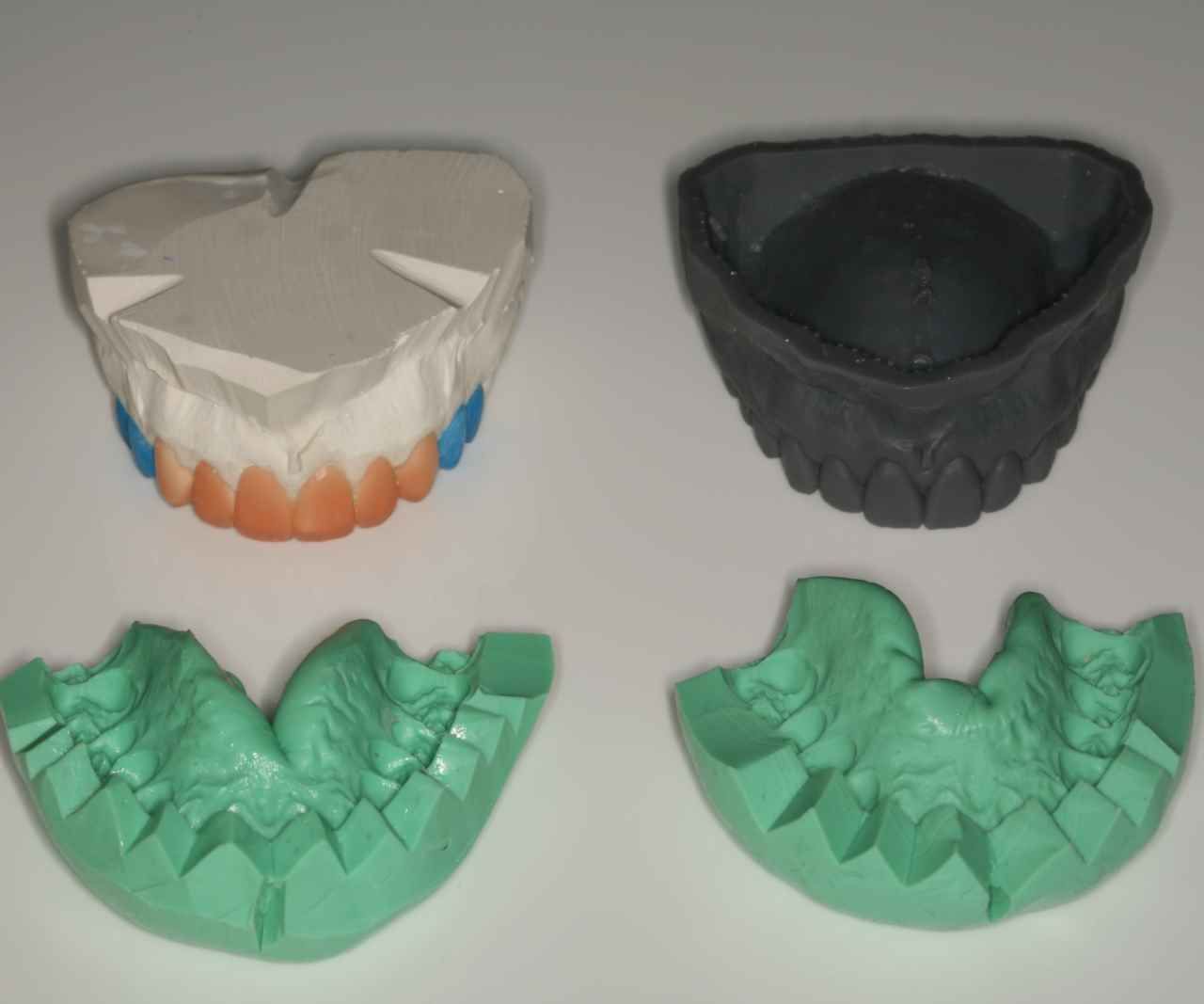
1- First, the patient has an appointment to make teeth impressions (analog with alginates or with digital scanning), and then scheduled their The Smile Preview appointment.
2- A study model is poured and trimmed or fabricated with a 3-D printer.
3- A wax-up is completed – this can be done in an analog format with a traditional waxing approach or with a digital ‘wax-up’ using dental software. If a digital wax-up is completed, the STL file is sent to a 3-D printer, where a resin model of the ‘wax-up’ is fabricated.
4. A polyvinyl silicone putty impression is taken of the ‘wax-up’ model. This putty is trimmed to allow excess material to escape.
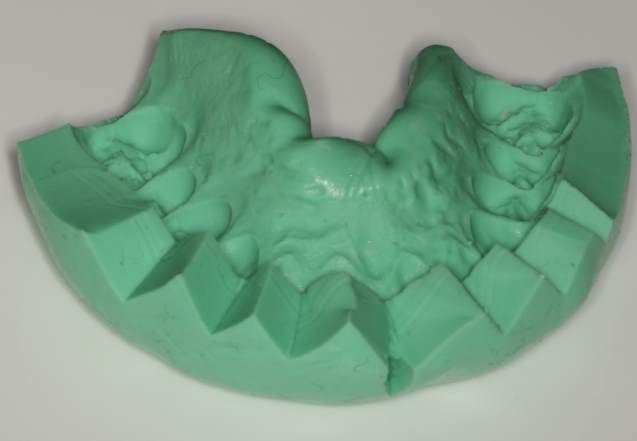
5- Position the trimmed putty with a Bis-acryl crown and bridge temporary material in the patient’s mouth (I always use MIRRORIMAGE) .
6- When the Bis-acryl reaches its rubbery stage, the excess material that has flowed beyond the periphery of the putty matrix, is removed.
7- After one to two minutes, the PVS putty matrix is removed from the patient’s mouth and a replication of the wax-up, in Bis-acryl, remains on the patient’s teeth.
8- Any excess material remaining is removed, and any voids or irregularities are filled or corrected by the dentist.
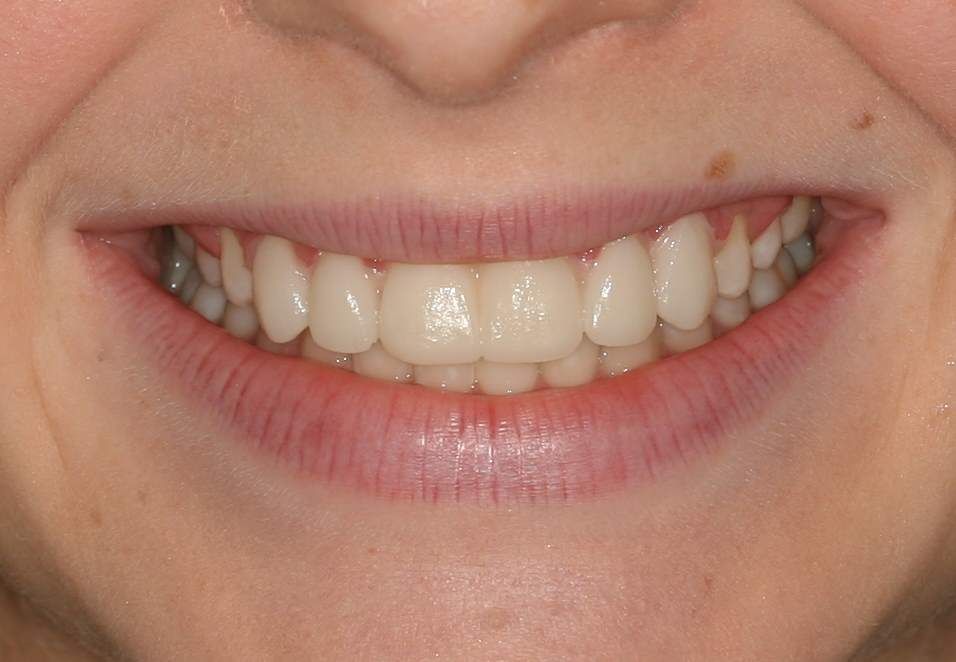
9 - The patient is given a mirror and allowed to see the transformation that has occurred within their own mouth and face using the Smile Preview.
It is critical that the dental team caution the patient that, during this process, all of the ‘teeth’ will be connected together, and because the Bis-acryl is sitting over the surface of the teeth without preparation, the Smile Preview may appear and feel a little bulky.
Additionally, the natural tooth color may show through the replication in some areas.
The following case demonstrates the use of the Smile Preview in helping the patient and the patient’s mother understand how the smile would be enhanced based on the laboratory wax-up.
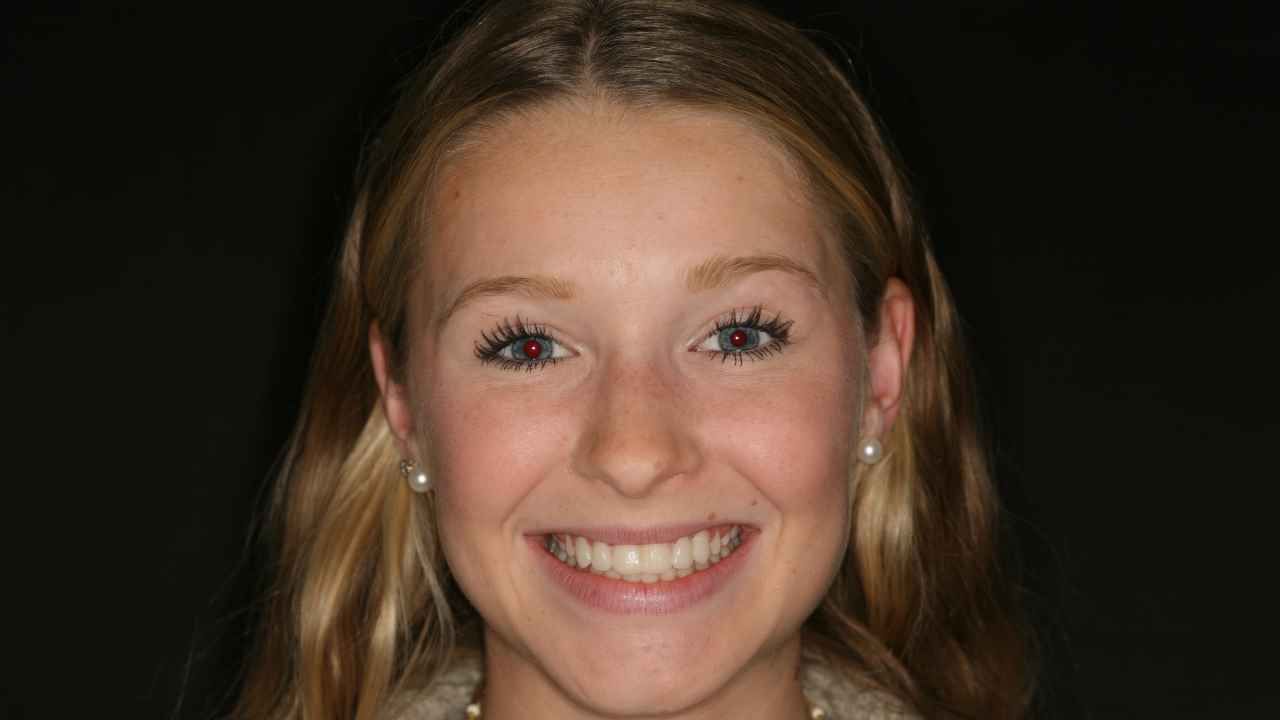
Any proposed changes to tooth form (i.e. length and contour) can be identified and noted prior to the cosmetic dental procedure. While the Smile Preview is limited in that it cannot predict functional or occlusal issues, the Smile Preview can help reduce unexpected events and disappointments that occur when the patient’s aesthetic desires are not in line with the aesthetic vision of the dentist or the dental laboratory technician.
I have been amazed by the effect that the Smile Preview has had in motivating patients to move forward with their cosmetic and complex restorative treatment. It is through techniques like the Smile Preview that dentists and dental teams can open the dialogue with patients to better understand their treatment desires. This co-discovery process enables the dentist and the patient to share in the vision of the planned treatment.
Yours for better dentistry,







